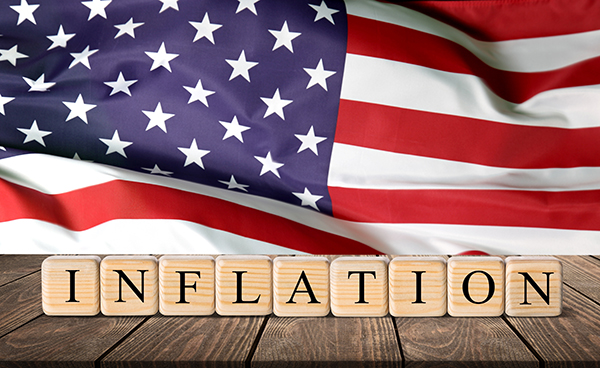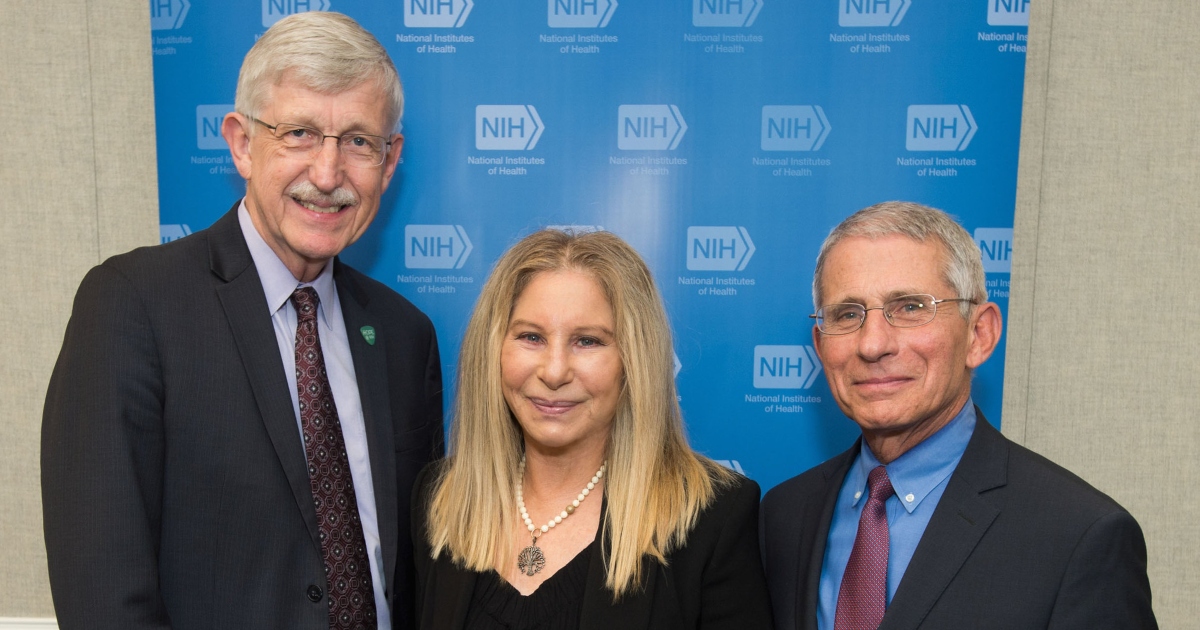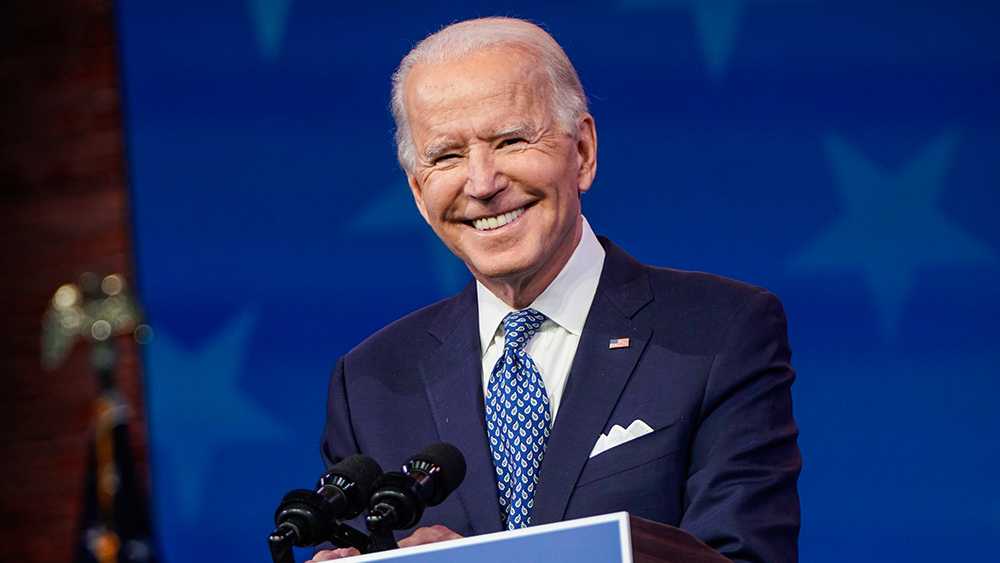Powell insists 2% target inflation is still distant so Fed raises interest rates again to highest level in 22 years
07/27/2023 / By Belle Carter

President Joe Biden’s administration has been claiming that inflation has been cooling over the past quarters, but prices for basic commodities and services are still unrelentingly incapacitating Americans from living comfortably – not to mention other factors that continue to challenge people such as underemployment and unemployment rates.
As if this is not enough, Federal Reserve Chairman Jerome Powell thinks hiking interest rates is not yet done as hitting the two percent target “has still a long way to go.” And so, the central bank’s Federal Open Market Committee (FOMC) greenlit another interest rate hike that took benchmark borrowing costs to their highest level in 22 years. The quarter percentage point increase brought the Fed funds rate to a target range of 5.25 percent to 5.5 percent.
During a news conference, Powell asserted that inflation has moderated somewhat since the middle of last year but Biden’s government zeroed in on hitting the target so he expressed a possibility of another hike toward 2023 Q4. Powell said the FOMC will be assessing “the totality of the incoming data” as well as the implications for economic activity and inflation. “I would say it is certainly possible that we will raise funds again at the September meeting if the data warrant it,” he said. “And I would also say it is possible that we would choose to hold steady and we’re going to be making careful assessments, as I said, meeting by meeting.”
He also noted that while the June headline inflation reading from the consumer price index, showing a three percent annual increase in prices was encouraging, tight monetary policy “has not been restrictive enough for long enough to have its full desired effects” at this point. “We intend to keep policy restrictive until we’re confident that inflation is coming down sustainably to our two percent target and we’re prepared to further tighten if that is appropriate.”
What is bothering is that after all these past increases, Powell claimed a possible “worst outcome” for everyone and that would be for the central bank to “not completely tame inflation.” (Related: Biden’s policies are killing U.S. economic growth as 1st quarter activity takes a nose dive amid high interest rates.)
Meanwhile, although markets initially bounced after the last FOMC meeting, they ended mixed. The Dow Jones Industrial Average continued its streak of higher closings, rising by 82 points, but the S&P 500 and Nasdaq Composite were little changed. Treasury yields moved lower. “It is time for the Fed to give the economy time to absorb the impact of past rate hikes,” U.S. Chief Economist at RSM, Joe Brusuelas, said. “With the Fed’s latest rate increase of 25 basis points now in the books, we think that improvement in the underlying pace of inflation, cooler job creation, and modest growth are creating the conditions where the Fed can effectively end its rate hike campaign.”
Moreover, assessing FOMC’s post-meeting statement, experts were quick to detect its future moves. According to CNBC, “The Committee will continue to assess additional information and its implications for monetary policy in a statement that was tweaked from the previous months’ communication. That echoes a data-dependent approach – as opposed to a set schedule – that virtually all central bank officials have embraced in recent public statements.”
Analysts worry about how reliable and “manipulation-proof” those data can be.
The news outlet also pointed out the other change of note in the statement that said there was an upgrade of economic growth to “moderate” from “modest” at the June meeting despite expectations for at least a mild recession ahead. The statement again described inflation as “elevated” and job gains as “robust.”
NEVER ENDING STORY: Brace for more incoming interest rate hikes
The committee decided to skip the June meeting as it claimed to assess the impact that the hikes have had. After the “assessment,” Powell said he still thinks inflation is too high, and in late June said he expected more “restriction” on monetary policy, a term that implies more rate increases. And he was successful in pushing for it and has already been hinting to people that there is more to come.
People are now wondering why the Fed has been this aggressive with interest rate hikes in the past couple of years, especially since it was not this aggressive in the early 1980s when the United States was also battling exceptionally high inflation and a faltering economy, considering that Powell even admitted the possibility of his restrictive measures’ failure to mitigate inflation.
The fed funds rate sets what banks charge each other for overnight lending. But it feeds through many forms of consumer debt such as mortgages, credit cards, and auto and personal loans.
Bookmark Collapse.news for more updates on the current economic downturn America is battling.
Sources for this article include:
Submit a correction >>
Tagged Under:
Bidenflation, big government, Bubble, Collapse, debt collapse, deception, economic collapse, economic riot, fed, Federal Open Market Committee, finance riot, Inflation, insanity, interest rate, Jerome Powell, market crash, money supply, national debt, propaganda, rate hike, risk
This article may contain statements that reflect the opinion of the author
RECENT NEWS & ARTICLES
COPYRIGHT © 2017 INSANITY NEWS




















